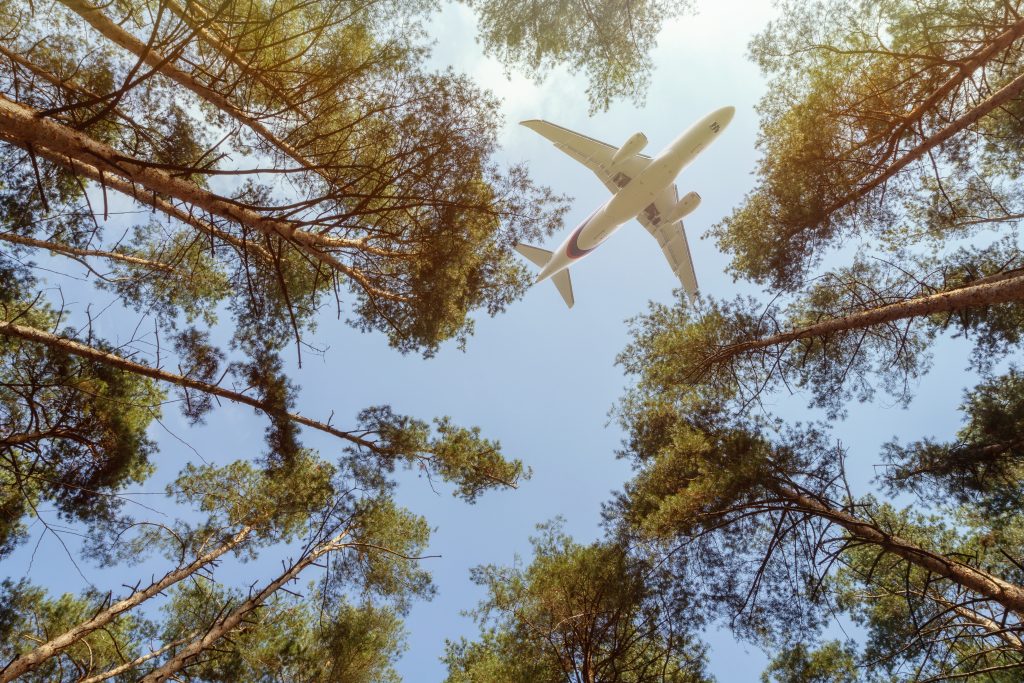Delft University of Technology (Netherlands) Most nitrogen deposition from aviation comes from high altitude

Aircraft emit nitrogen oxides and other emissions during both the LTO-phase (taxiing, take-off and landing) and when flying at high altitudes. These emissions return to the ground, resulting in nitrogen deposited over land and water bodies. Using an atmospheric model, researchers at TU Delft have quantified – for the first time – that in 2019 aviation was responsible for just under 1.2% of total global nitrogen deposition from all sources (anthropogenic and natural). However, aviation’s impacts did grow by as much as 72% between 2005 and 2019. The researchers also calculated that, on average, 92% of aviation-induced nitrogen deposition is due to emissions during high-altitude flight, the majority of which is cruise. This research does not specifically zoom into the emissions from Dutch aviation or Schiphol Airport causing nitrogen deposition in Dutch Natura 2000 areas. It does show that to comprehensively address the nitrogen deposition from aviation worldwide, a global approach is needed that takes into account the cross-border nature of the impacts, similarly to other atmospheric effects of aviation such as air pollution and climate. The research has now been published in the journal Science of the Total Environment.
Aviation emissions lead to nitrogen deposition on land
Part of the nitrogen deposition on land is caused by aviation. Assistant Professor of the Atmospheric Impacts of Aviation, Dr. Irene Dedoussi, who led the study: “In order to be able to reduce this adverse environmental effect, for example to protect vulnerable natural areas, it is necessary to know where the emissions from aviation take place, how they spread and chemically react, where these pollutants are subsequently deposited on the ground and in what form.” The team, in addition to Dr. Dedoussi, consisting of PhD candidate Flávio D.A. Quadros, MSc, alumnus Marijn van Loo, MSc, and Prof.Dr. Mirjam Snellen, used an atmospheric chemistry-transport model to calculate which part of global nitrogen deposition can be attributed to aviation emissions. This is the first study to look at the big picture. Thus, in addition to emissions from the flight phase of landing, taxiing and take-off, the researchers also include emissions during high altitude flight (climb, cruise and descent) in their calculations. They also look at the form in which nitrogen is deposited. They calculated these contributions for two years: 2005 and 2019.
